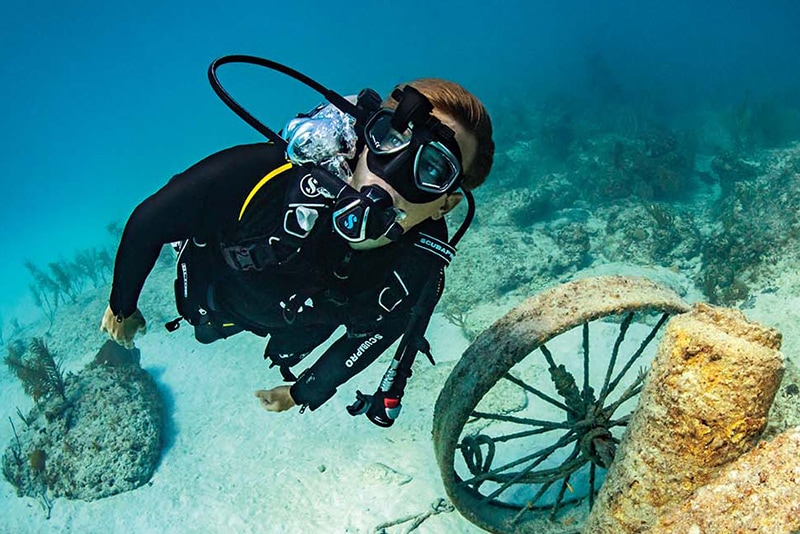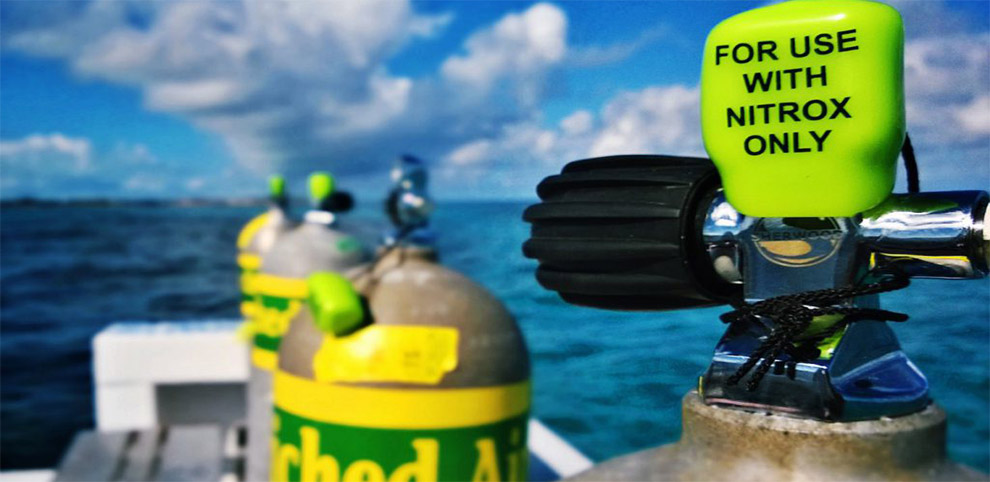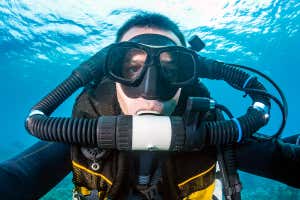
Technical diving is a specialty type of diving that goes above and beyond recreational diving. This type of diving is typically done for non-professional use and presents greater risks. These risks include increased dangers of serious injury, death, and even death. Below are some tips to help you stay safe when tech diving. Read on to learn more. Also, we'll be talking about closed-circuit electronics and TecRec. Once you have read this, it's time to move on.
TecRec
If you're already certified in tech diving and want to learn more, you might be interested to take a TecRec training course. If you complete the Discover Tec, this course will teach you basic tec diving in confined waters. In addition to the training you'll receive, you'll also get to use some of the gear and techniques that are necessary to dive in TEC configurations.

PADI Tec 40
PADI Tec40 is the next logical step for divers wanting to expand their horizons into deeper dives. This course introduces divers to advanced techniques for augmented air and nitrogen, allows for higher mixed gas ratios, and includes enriched air and decompression diving on EANX 50. They will also have the chance to use decompression software. This is intended to allow divers to safely dive to 40m and beyond without getting decompression sickness.
Cave diving
Tech divers can cave dive, which is a thrilling adventure beyond horizontal scuba diving. Open-circuit scuba is used by these divers to travel thousands of feet through caves. Each stage has its own regulator. They only use one-third to three percent of each cylinder for exploration. When they leave the cave, they secure the unused cylinder to be retrieved. They also use a single main container, which requires two separate regulators. You can dive up to half an mile in a cave with four stages.
Closed-circuit equipment
Michael Menduno invented the term technical diving in 1991. It describes a variety if practices and equipment configurations that can be used to enhance human diving. At first, technical diving used open circuit configurations. These were chosen for reliability, availability, and flexibility. Closed-circuit equipment has grown in popularity and is now the standard for many scuba divers.
Adapting to new circumstances
Decompression theory and gradient factors are important to know when tech diving. Many teams still use the same decompression algorithm. But, a growing portion of tech professionals are switching to dual-phase models. Understanding the parameters your chosen model uses to travel between waypoints is key. Also, know what you can do to adapt to unforeseen circumstances. It is crucial to adapt to new situations when tech diving.

Gear configuration differences
You need to be aware of the differences in gear configurations, whether you are diving for recreational or professional purposes. To solve depth problems, technical divers will need more equipment. These divers usually use multiple cylinders for gas, regulators as well as cutting and other tools. These equipment is very similar to what recreational divers use, but they are designed for different purposes.